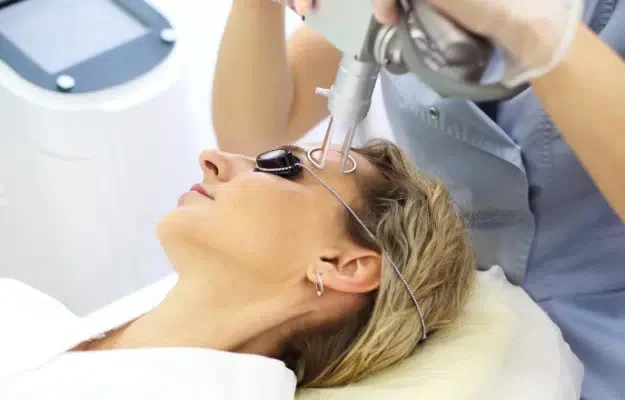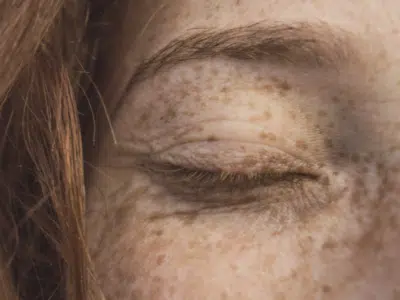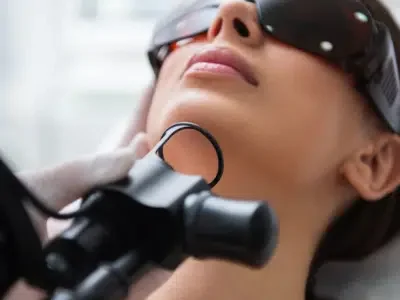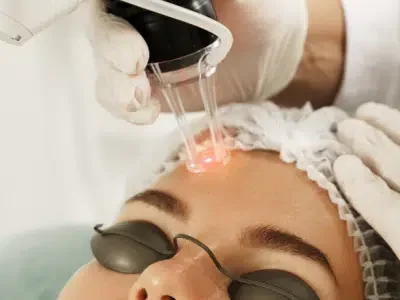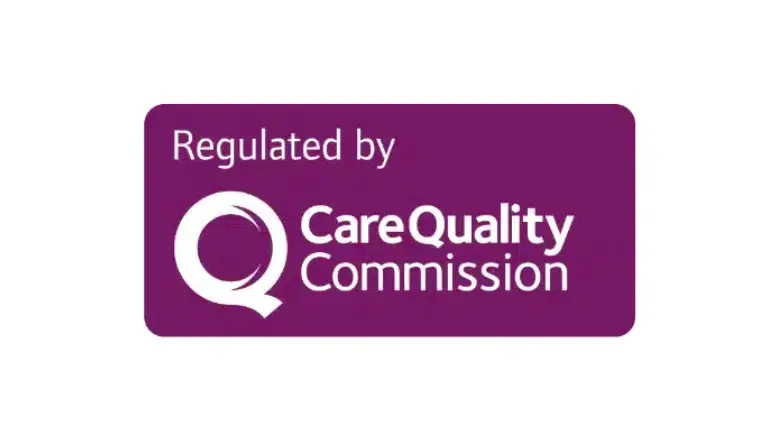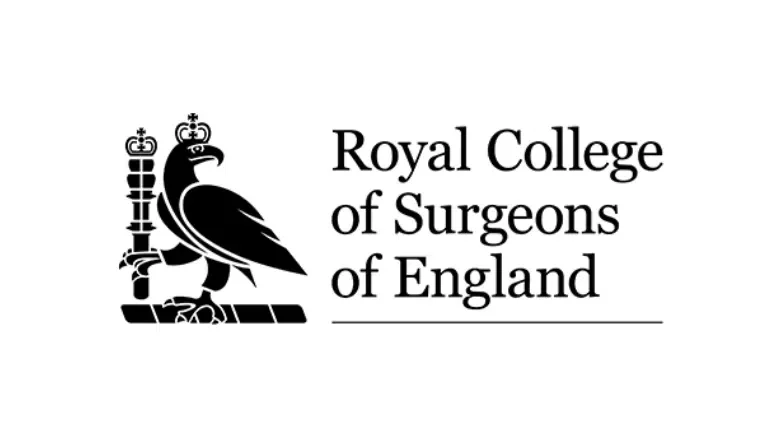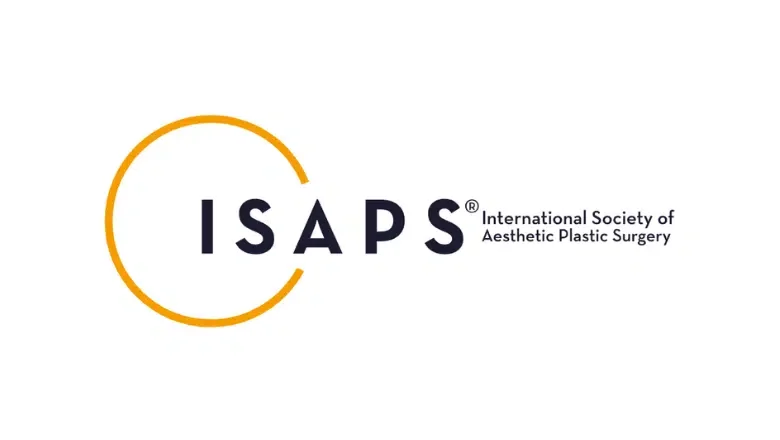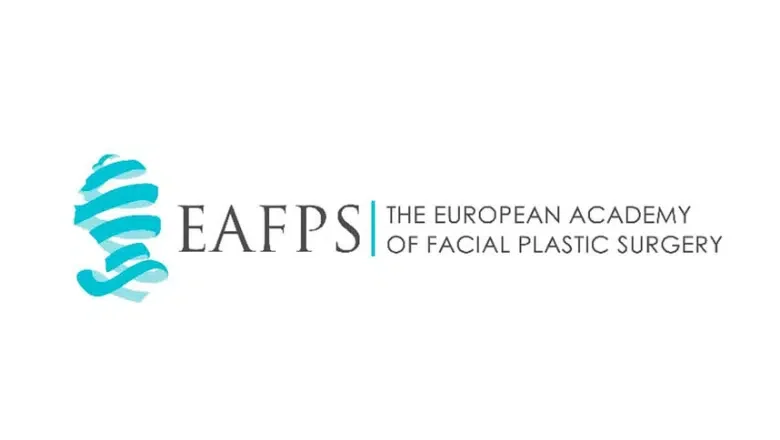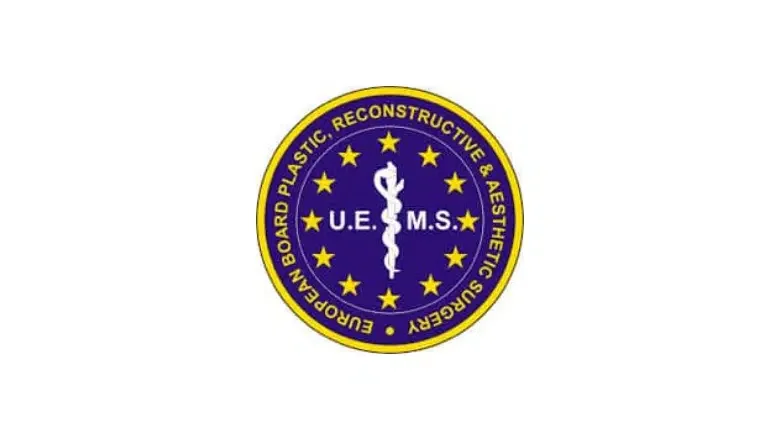Cost of Laser Scar Removal in London
Throughout our lives, our skin endures various injuries or traumas, leading to the formation of scar tissue. Often, these scars can be quite noticeable, affecting a person’s self-confidence and prompting them to seek solutions for making them less visible. One such solution is laser scar removal, a non-surgical approach that promotes the regeneration of healthier skin and diminishes the appearance of scars on any part of the body.
In the UK, the cost of laser scar removal varies, and this article aims to provide an in-depth understanding of these costs. Additionally, it addresses several frequently asked questions about the procedure, offering clarity to those considering this treatment.
At Centre for Surgery in London, our team of laser experts specialises in minimising the visibility of scars. Utilising the advanced Fotona SP Dynamis laser, which incorporates dual-wavelength technologies – Nd: YAG and Er: YAG – we tailor each scar removal treatment to the individual’s needs. This custom approach focuses on skin resurfacing and rejuvenation, effectively reducing the visibility of scars.
For those eager to enhance the appearance of their scars, we invite you to contact Centre for Surgery. Our laser specialists are dedicated to improving your skin’s appearance, offering you a path to renewed confidence and skin health.
RELATED: How to Reduce and Fade Away Scars: Your Treatment Options
Typical Laser Scar Removal Prices in the UK
The price of laser scar removal in the United Kingdom is subject to a range of factors, leading to considerable variation in pricing. Understanding these costs is crucial for anyone considering this treatment option for improving their skin’s appearance.
At Centre for Surgery, the pricing for laser scar removal starts from £450 to £950 per session. This range depends on the type and size of the scar being treated. In cases involving more extensive scarring, such as full-face treatments, prices begin at £1800.
It’s important to note that a precise cost breakdown can only be provided following an initial consultation. This personalised approach to treatment planning ensures that each patient receives a solution tailored to their specific needs and circumstances.
For those looking to manage the financial aspect of their treatment, Centre for Surgery collaborates with Chrysalis Finance. This partnership offers various financing options, enabling patients to spread the cost of their laser scar removal treatment over a period, making it more accessible and manageable.
Laser Treatment for Various Scar Types
Laser therapy has revolutionised the treatment of different types of scars, offering a solution to enhance skin appearance and texture. Here’s an overview of how laser can be effectively used to treat various scar types.
Acne Scars
Acne can leave a lasting impact on the skin, both in the form of active breakouts and lingering scars. To address this, Fotona’s TwinLight protocol is employed, which is adept at managing severe acne outbreaks and treating all three primary types of acne scars: ice pick, boxcar, and rolling scars. This treatment not only targets the scars themselves but also improves overall skin texture, making it a comprehensive solution for those struggling with the aftermath of acne.
Atrophic Scarring
Atrophic scars, often resulting from acne or chickenpox, appear as pitted marks where the scar has healed beneath the upper layer of the skin. These scars can be particularly challenging to treat due to their depth and the way they form. A long-term approach using combined laser therapy treatments is often the most effective strategy. At Centre for Surgery, our team has extensive experience in formulating personalised treatment plans aimed at reducing the visibility of atrophic scars over the long term.
Hypertrophic Scars
Hypertrophic scars occur when the body produces an excess of collagen during the healing process, resulting in thick, raised scars that can sometimes be itchy or uncomfortable. These scars are commonly associated with burns but can also arise from various skin traumas such as cuts, acne, or piercings. Laser treatment for hypertrophic scars focuses on reducing their thickness and elevation, thereby alleviating discomfort and improving their appearance.
Keloid Scars
Keloid scars are similar to hypertrophic scars but are distinct in that they extend beyond the original site of skin trauma. These raised scars often have a pinkish hue or a colour that is either similar to or slightly darker than the surrounding skin. Keloid scars can be particularly problematic, causing physical discomfort or restricting movement, especially if they form in certain areas of the body. They are more prevalent in individuals with darker skin tones. The laser treatment for keloid scars aims to minimise their raised nature and alleviate any associated discomfort, while also taking care to prevent further scar tissue formation.
What Factors Determine the Cost of Laser Scar Removal?
Understanding the cost of laser scar removal requires a thorough examination of various factors that contribute to the overall pricing. Each element plays a crucial role in shaping a personalised treatment plan tailored to the individual’s needs and desired outcomes.
1. Nature of the Scar
The type of scar being treated is a primary factor influencing the cost. Different scars, such as keloid scars or certain kinds of acne scars, present unique challenges. Keloid scars, for example, tend to be thicker and spread beyond the area of the original injury, necessitating a more intensive treatment approach. These characteristics often require a greater number of sessions to effectively treat, which in turn impacts the total cost. Understanding the specific nature of each scar type allows for a more accurate estimation of the treatment’s complexity and cost.
2. Size and Extent of the Scar
The physical dimensions of the scar significantly affect the treatment cost. Larger scars demand more extensive treatment, often requiring longer sessions and potentially more of them to achieve the desired results. The treatment of larger scars is therefore typically more expensive due to the increased time and resources needed.
3. Choice and Type of Laser Treatment
The selection of the laser treatment method is another crucial cost determinant. At Centre for Surgery, the preference for combining Nd: YAG and Er: YAG lasers has been based on their proven efficacy in skin resurfacing and stimulating neocollagenesis. Other clinics might opt for CO2 laser treatments, which have their own distinct methodologies and pricing structures. Each laser treatment offers unique benefits and comes with different price points. It is vital for patients to discuss with a laser expert to identify the most appropriate and cost-effective laser treatment for their specific scar type and skin condition.
4. Required Number of Treatments
The severity and characteristics of the scarring dictate the number of treatments necessary. More complex or extensive scarring will likely require a higher number of sessions, which in turn influences the overall cost. At Centre for Surgery, a typical course of treatment might include approximately three sessions, although this can vary based on individual cases. This tailored approach ensures that each patient receives the right amount of treatment for their specific needs.
5. Expertise and Involvement of Specialists
The expertise and number of specialists involved in the treatment process also play a significant role in determining the cost. The involvement of a specialist, particularly a plastic surgeon or aesthetic practitioner, can increase the treatment’s overall cost due to their specialised skills and experience. The reputation and prior experience of the practitioners are also crucial considerations. More experienced practitioners, due to their ability to deliver higher quality outcomes, often command higher fees. At Centre for Surgery, our team comprises seasoned laser experts who bring a wealth of experience to each treatment. Patients under their care can expect a high level of professionalism and quality in the treatment they receive.
Benefits of Laser Scar Removal
Laser scar removal is increasingly recognised as a worthwhile treatment by many who seek to enhance the appearance of their skin. This non-invasive procedure offers several key benefits that contribute to its perceived value.
Minimal Intrusiveness with Quick Sessions
One of the primary advantages of laser scar removal is its non-invasive nature. The procedure typically lasts between 15 to 20 minutes per session, making it a relatively quick treatment compared to other cosmetic procedures. This short duration allows patients to easily incorporate the treatment into their busy schedules without significant disruption.
Low Downtime
Another significant benefit of laser scar removal is the minimal downtime associated with it. Patients can usually resume their normal activities shortly after the treatment, which is a crucial factor for many. This low downtime is particularly appealing for those who cannot afford extended recovery periods due to personal or professional commitments.
Long-Lasting Improvements in Scar Appearance
Most importantly, patients often find laser scar removal rewarding because of its effectiveness in reducing the visibility of scars. The treatment can lead to permanent improvements in the colour, texture, and overall appearance of scar tissue. For many, this improvement in the aesthetic quality of their skin can have a positive impact on their self-esteem and quality of life.
Can You Get Laser Scar Removal on the NHS?
Laser scar removal is generally categorised as a cosmetic procedure, and as such, it is not routinely available on the National Health Service (NHS) in the United Kingdom. The NHS primarily focuses on providing medical treatments that are deemed essential for the health and wellbeing of patients. Since laser scar removal is often viewed as a procedure aimed at improving appearance rather than addressing a medical necessity, it typically falls outside the scope of NHS-funded treatments.
Benefits of Fotona Laser Treatment Over Morpheus8 for Scar Management
Fotona laser treatments stand out as a superior choice compared to Morpheus8 in the realm of scar management, owing to several distinct advantages they offer. These benefits stem from the inherent properties of laser technology, which contribute to its effectiveness and patient satisfaction.
RELATED: Fotona4D vs Morpheus8
1. Enhanced Versatility and Customisation
One of the primary advantages of Fotona laser treatment is its versatility. The ability to customise the penetration depth, energy levels, and thermal effects makes it highly adaptable to a wide range of scar types and patient needs. This level of customisation allows for a more targeted and effective treatment, ensuring that each scar is addressed with the precise intensity and depth required. In contrast, Morpheus8, while effective in its own right, does not offer the same degree of versatility and customisation as laser treatments, making Fotona a more suitable option for a diverse array of scar conditions.
2. Superior Precision
Fotona lasers are renowned for their precision, a crucial aspect when dealing with delicate scar tissue. The ability to precisely target the scar tissue without affecting the surrounding skin is essential for effective scar treatment. This precision ensures minimal collateral damage to healthy skin, leading to better outcomes and less risk of unintended skin changes. Morpheus8, though beneficial in certain contexts, does not provide the same level of precision as laser treatments, making Fotona a preferred choice for intricate scar management.
3. Stronger Empirical Support
The effectiveness of laser technology in scar treatment is well-supported by empirical evidence. Research and clinical studies have consistently shown that laser treatments are highly effective in managing various types of scars. This body of evidence underscores the reliability and effectiveness of laser therapy in improving the appearance and texture of scarred skin. Compared to Morpheus8, laser treatments like Fotona have a more established track record of success in scar management, offering patients and practitioners a more evidence-based approach.
4. Reduced Downtime and Enhanced Healing
Another significant advantage of Fotona laser treatment is the reduced downtime post-treatment. Patients can return to their normal activities sooner, which is a vital consideration for many. Additionally, laser treatments aid the body’s natural healing processes, promoting faster and more effective recovery. The treatment is also generally better tolerated by patients, with fewer discomforts during and after the procedure compared to Morpheus8 treatments. This patient-friendly aspect of Fotona lasers makes it a more appealing choice for individuals seeking efficient and comfortable scar management solutions.
Laser Scar Removal in London: Discover the Excellence of Centre for Surgery


